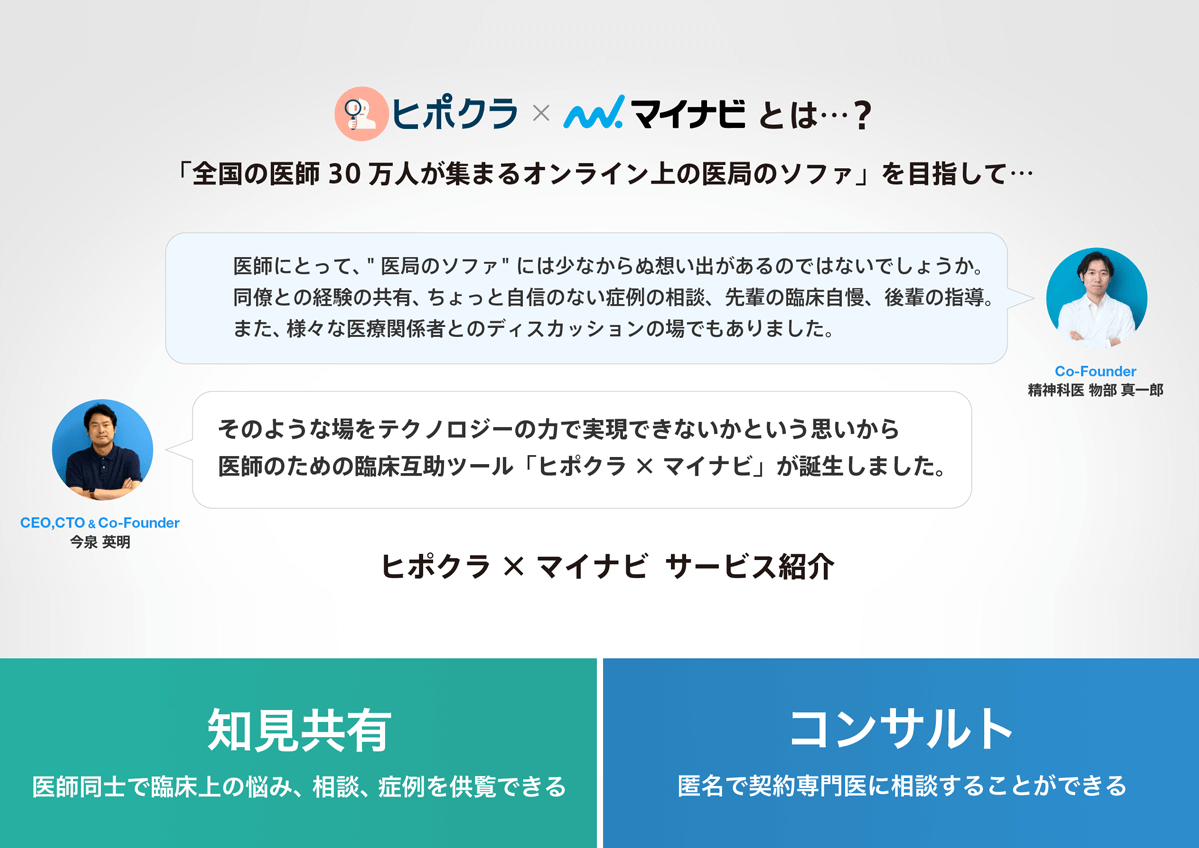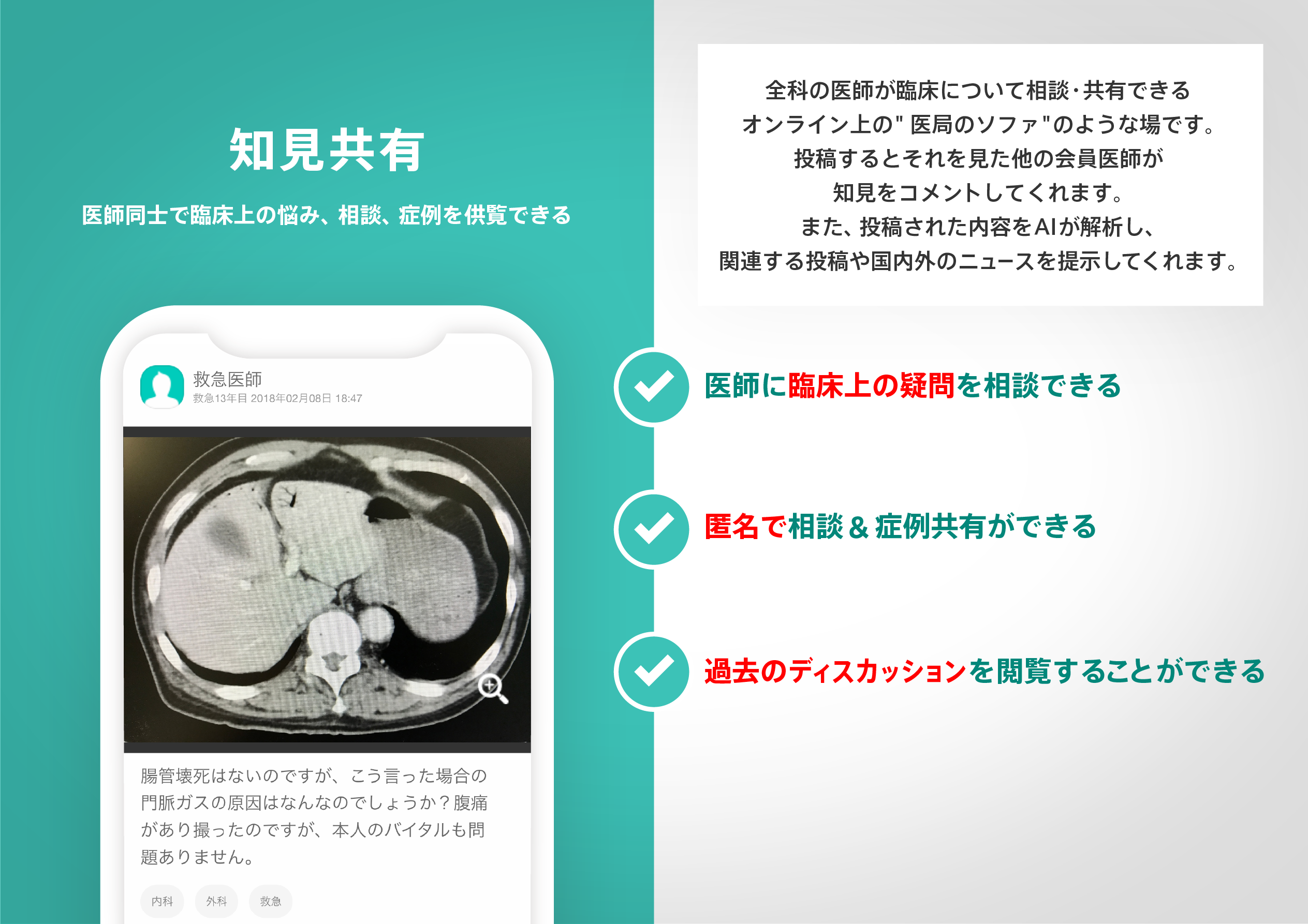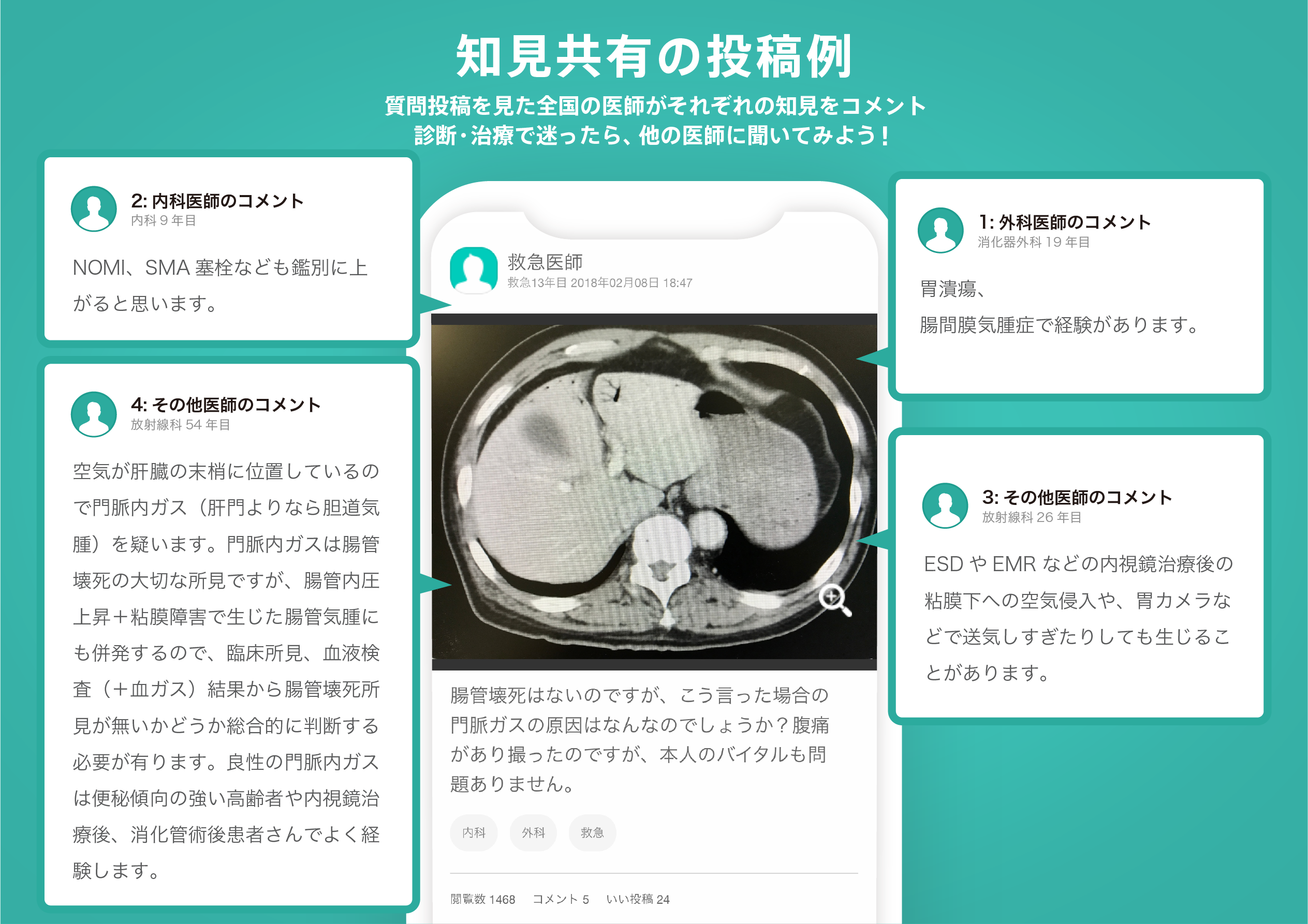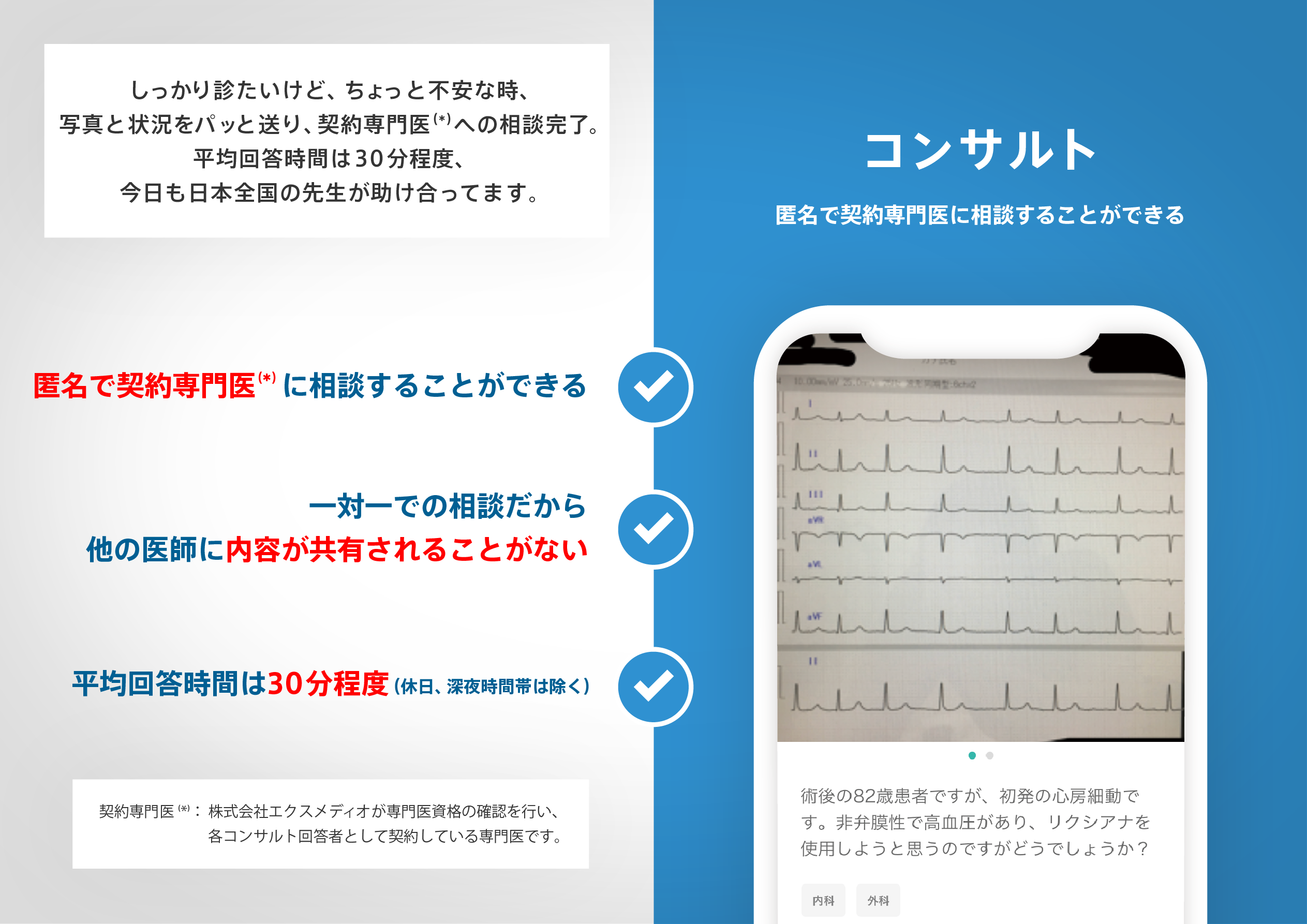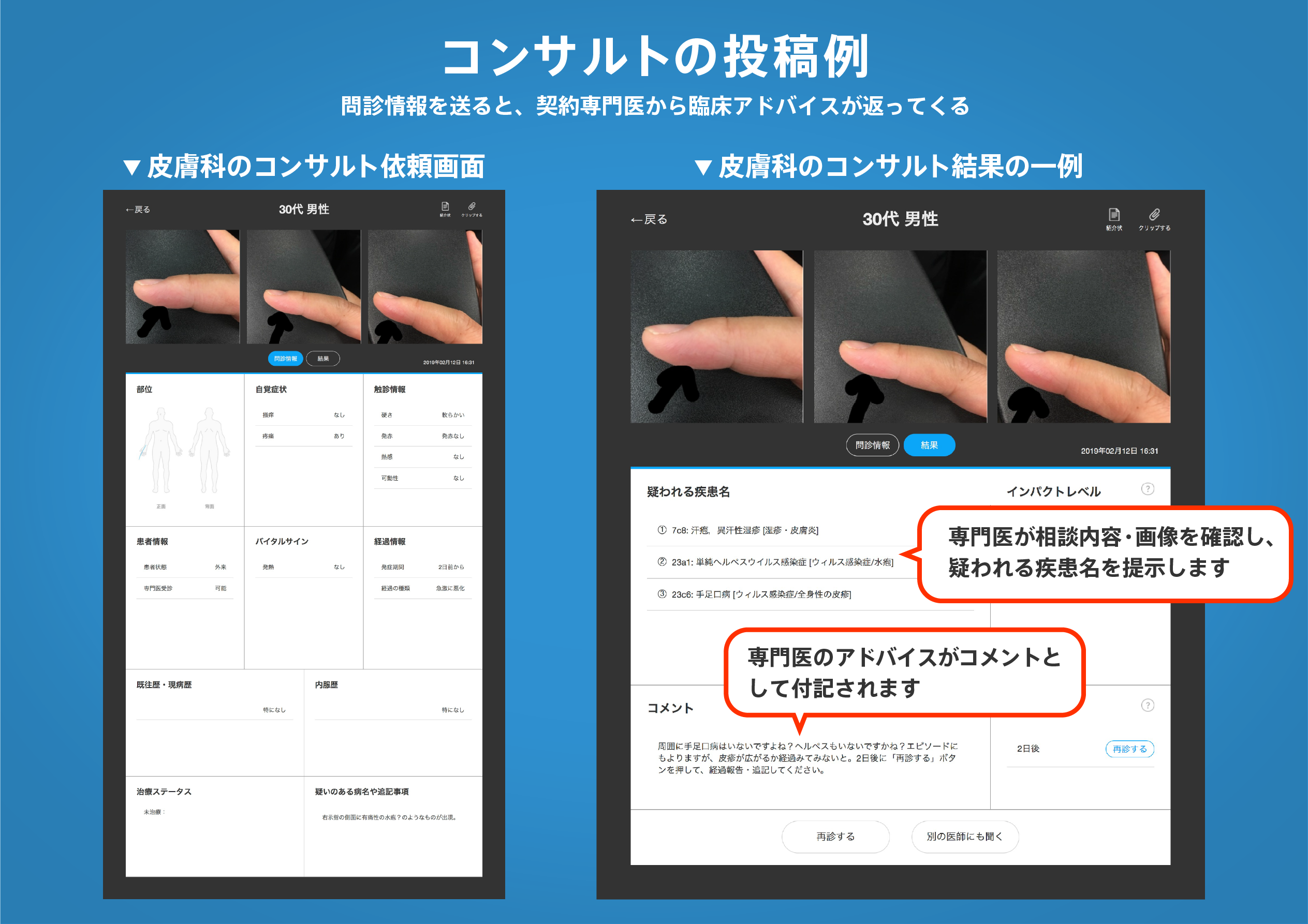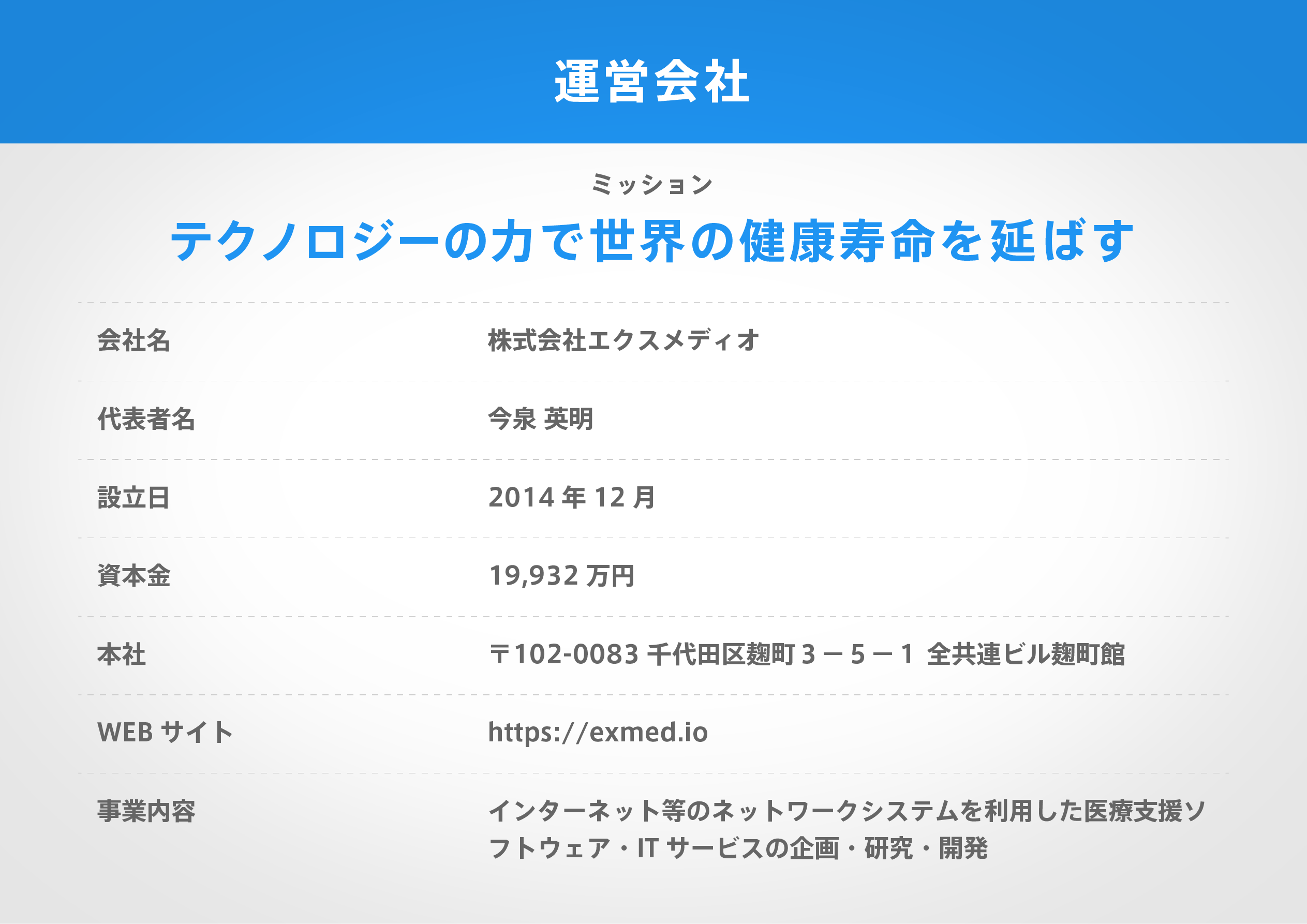著名医師による解説が無料で読めます
すると翻訳の精度が向上します
背景:常染色体優性多嚢胞性腎臓疾患は、通常、染色体16の短い腕のPKD1遺伝子座の変異遺伝子によって引き起こされますが、障害のある家族の約4%で、ゲノムの他の場所では未知の変異によって引き起こされます。両方の遺伝的形態の疾患の自然な経過は、あまり特徴付けられていません。 方法:常染色体優性多嚢胞性腎臓疾患の17の家族を研究して、超音波検査による前症候性診断と遺伝的リンケージ研究による診断と診断を比較し、疾患の臨床的変異をPKD1変異が関与したかどうかを関連付けました。 結果:10科では、PKD1遺伝子座に隣接する多型DNAマーカーと障害がゼロに分泌されることがわかりました。2家族ではそうではありませんでした。PKD1変異を持つ10の家族では、30歳未満のメンバーの46%が、変異を継承する50%のリスクがあった30歳未満の腎嚢胞がありました。0.001より)。PKD1ファミリーでは、超音波検査によって行われた67の診断はすべて、連鎖から推測される遺伝子型の決定によって確認されました。PKD1変異を継承した30歳未満の48人のメンバーのうち40人(83%)が腎嚢胞でした。突然変異を相続した30歳以上の27人のメンバー全員が腎嚢胞を持っていたため、この年齢層では偽陰性診断の確率が0.13を超えなかったことを示唆しています(P未満0.05)。PKD1ファミリーのメンバーの末期腎疾患の発症時の平均(+/- SE)年齢は56.7 +/- 1.9歳でしたが、結合のない家族の嚢胞を持つメンバーの69.4 +/- 1.7歳と比較して、(p = 0.0025)。高血圧と腎障害はあまり頻繁ではなく、後にPKD1変異なしで家族で発生しました。 結論:現在、常染色体優性多嚢胞性腎疾患のリスクが50%のほとんどの人では、症状が現れる前に診断に到達する唯一のモードです。そのような人では、初期の成人期の否定的な超音波検査研究は、PKD1変異を継承する可能性が小さいことを示しています。多嚢胞性腎疾患の非PKD1変異を継承している少数の人々では、腎不全が寿命が比較的遅くなる可能性があります。
背景:常染色体優性多嚢胞性腎臓疾患は、通常、染色体16の短い腕のPKD1遺伝子座の変異遺伝子によって引き起こされますが、障害のある家族の約4%で、ゲノムの他の場所では未知の変異によって引き起こされます。両方の遺伝的形態の疾患の自然な経過は、あまり特徴付けられていません。 方法:常染色体優性多嚢胞性腎臓疾患の17の家族を研究して、超音波検査による前症候性診断と遺伝的リンケージ研究による診断と診断を比較し、疾患の臨床的変異をPKD1変異が関与したかどうかを関連付けました。 結果:10科では、PKD1遺伝子座に隣接する多型DNAマーカーと障害がゼロに分泌されることがわかりました。2家族ではそうではありませんでした。PKD1変異を持つ10の家族では、30歳未満のメンバーの46%が、変異を継承する50%のリスクがあった30歳未満の腎嚢胞がありました。0.001より)。PKD1ファミリーでは、超音波検査によって行われた67の診断はすべて、連鎖から推測される遺伝子型の決定によって確認されました。PKD1変異を継承した30歳未満の48人のメンバーのうち40人(83%)が腎嚢胞でした。突然変異を相続した30歳以上の27人のメンバー全員が腎嚢胞を持っていたため、この年齢層では偽陰性診断の確率が0.13を超えなかったことを示唆しています(P未満0.05)。PKD1ファミリーのメンバーの末期腎疾患の発症時の平均(+/- SE)年齢は56.7 +/- 1.9歳でしたが、結合のない家族の嚢胞を持つメンバーの69.4 +/- 1.7歳と比較して、(p = 0.0025)。高血圧と腎障害はあまり頻繁ではなく、後にPKD1変異なしで家族で発生しました。 結論:現在、常染色体優性多嚢胞性腎疾患のリスクが50%のほとんどの人では、症状が現れる前に診断に到達する唯一のモードです。そのような人では、初期の成人期の否定的な超音波検査研究は、PKD1変異を継承する可能性が小さいことを示しています。多嚢胞性腎疾患の非PKD1変異を継承している少数の人々では、腎不全が寿命が比較的遅くなる可能性があります。
BACKGROUND: Autosomal dominant polycystic kidney disease is usually caused by a mutant gene at the PKD1 locus on the short arm of chromosome 16, but in about 4 percent of families with the disorder it is caused by unknown mutations elsewhere in the genome. The natural course of the disease in both genetic forms is not well characterized. METHODS: We studied 17 families with autosomal dominant polycystic kidney disease to compare presymptomatic diagnosis by ultrasonography with diagnosis by genetic-linkage studies and to relate clinical variation of the disease to whether the PKD1 mutation was implicated. RESULTS: In 10 families the disorder was found to cosegregate with polymorphic DNA markers flanking the PKD1 locus, in 2 families it did not, and in 5 families linkage could not be determined. In the 10 families with the PKD1 mutation, 46 percent of the members less than 30 years old who had a 50 percent risk of inheriting a mutation had renal cysts, as compared with 11 percent of the members of the two families without linkage (P less than 0.001). In the PKD1 families, all 67 diagnoses made by ultrasonography were confirmed by determination of the genotype as inferred from linkage. Forty of 48 members (83 percent) less than 30 years old who inherited the PKD1 mutation had renal cysts. All 27 members 30 years old or older who inherited the mutation had renal cysts, suggesting that the probability of a false negative diagnosis did not exceed 0.13 in this age group (P less than 0.05). The mean (+/- SE) age at the onset of end-stage renal disease among members of the PKD1 families was 56.7 +/- 1.9 years, as compared with 69.4 +/- 1.7 years among members with cysts in the families without linkage (P = 0.0025). Hypertension and renal impairment were less frequent and occurred later in the families without the PKD1 mutation. CONCLUSIONS: At present, in most persons with a 50 percent risk of autosomal dominant polycystic kidney disease, imaging techniques are the only mode of reaching a diagnosis before symptoms appear. In such persons a negative ultrasonographic study during early adult life indicates that the likelihood of inheriting a PKD1 mutation is small. In the few who inherit a non-PKD1 mutation for polycystic kidney disease, renal failure is likely to occur relatively late in life.
医師のための臨床サポートサービス
ヒポクラ x マイナビのご紹介
無料会員登録していただくと、さらに便利で効率的な検索が可能になります。

